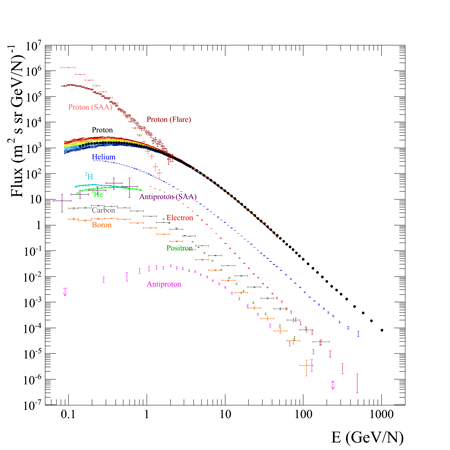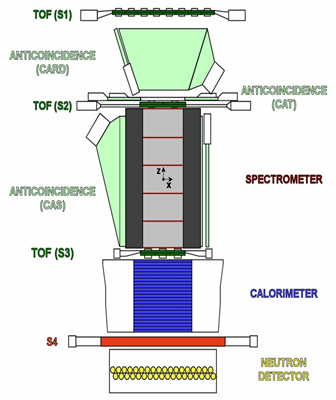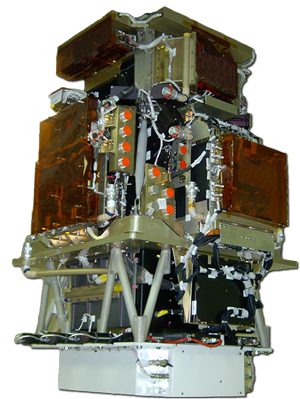

|
The PAMELA space missionPayload for Antimatter Matter Exploration and Light-nuclei Astrophysics The PAMELA spectrometer is a satellite-borne experiments designed for the precise measurement of charged cosmic rays. It is a powerful particle identifier: PAMELA uses a permanent magnet to separate positives from negative charges and a variety of specialized detectors that measure velocity, charge and particle energy. PAMELA has measured with unprecedented precision and sensitivity the abundance and energy spectra of cosmic rays electrons, positrons, antiprotons, protons and light nuclei over a very large range of energy from 50 MeV to over the TeV, depending on the species. The main scientific goals of PAMELA:
PAMELA delivered up to now a large set of valuable data with unprecendented statistics, that helped to unravel the mysteries of the most energetic processes known in the Universe. The experiment is still operating and new data keeps flowing. Data analysis is on going, looking at new aspects and with increasing statistics. Chances new findings may not be over yet! PAMELA at SSDC: Italy participates to this mission with the Italian Space Agency (ASI) and the Italian Institute for Nuclear Physics (INFN). SSDC recently joined PAMELA activities with the goal of supporting the creation of archive of all available data, both raw and processed data. A public database of all PAMELA final results is available in the COSMIC RAY database at SSDC. Total fluxes and monthly flux variation and flux variation, as well as fluxes of trapped particles in the Earth magnetosphere and all published flux ratios are available.
|
|


